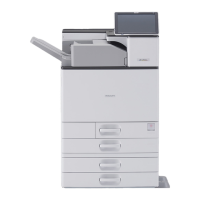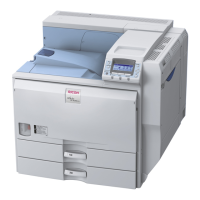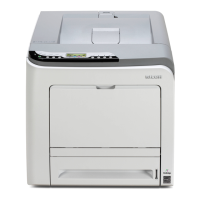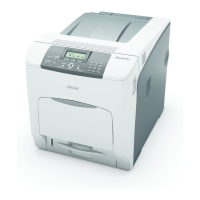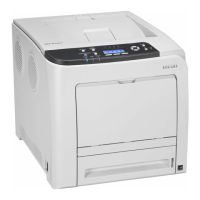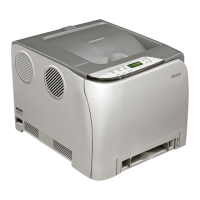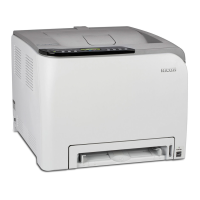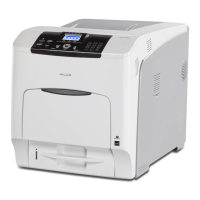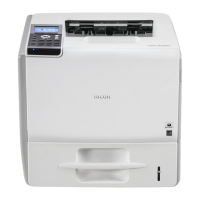7. Click [Create a new port:].
8. Click [Standard TCP/IP Port], and then click [Next >].
9. Click [Next >] in the [Add Standard TCP/IP Printer Port Wizard] dialog box.
10. Enter the printer name or IPv4 address in the [Printer Name or IP Address] box, and then
click [Next >].
When screen for Device selection appears, select "RICOH NetworkPrinter Driver C Model".
11. Click [Finish] in the [Add Standard TCP/IP Printer Port Wizard] dialog box.
12. Check that the name of the printer whose driver you want to install is selected, and then click
[Next >].
13. Change the printer name if you want, and then click [Next >].
Select the [Yes] check box to configure the printer as default.
14. Click [Next >].
15. Specify whether or not to print a test page, and then click [Next>].
16. Click [Finish].
The printer driver installation starts.
• Auto Run may not work with certain operating system settings. If this happens, launch "Setup.exe" on
the CD-ROM root directory.
• The printer driver with the selected language will be installed. The English printer driver is installed
when the following language is selected: Cestina, Magyar, Polski, Portugues, Suomi.
• A User Code can be set after the printer driver installation. For information about User Code, see the
printer driver Help.
Installing the PostScript 3 Printer Driver (Windows XP, Windows Server 2003)
• Installing this printer driver requires Administrators permission. Log on using an account that has Ad-
ministrators permission.
• In an IPv6 environment, you cannot use the Standard TCP/IP Port. Use the SmartDeviceMonitor port.
1. Quit all applications currently running.
2. Insert the CD-ROM into the CD-ROM drive.
The installer starts.
3. Select an interface language, and then click [OK].
The default interface language is English.
Using the Standard TCP/IP Port
39
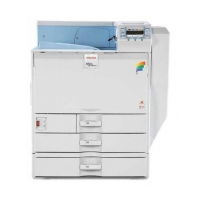
